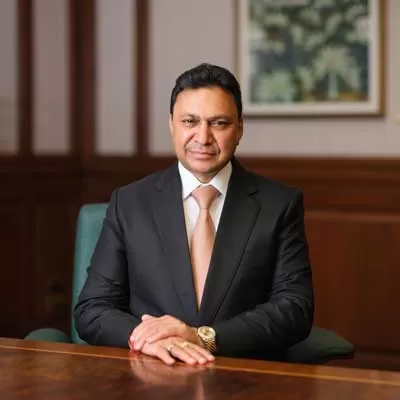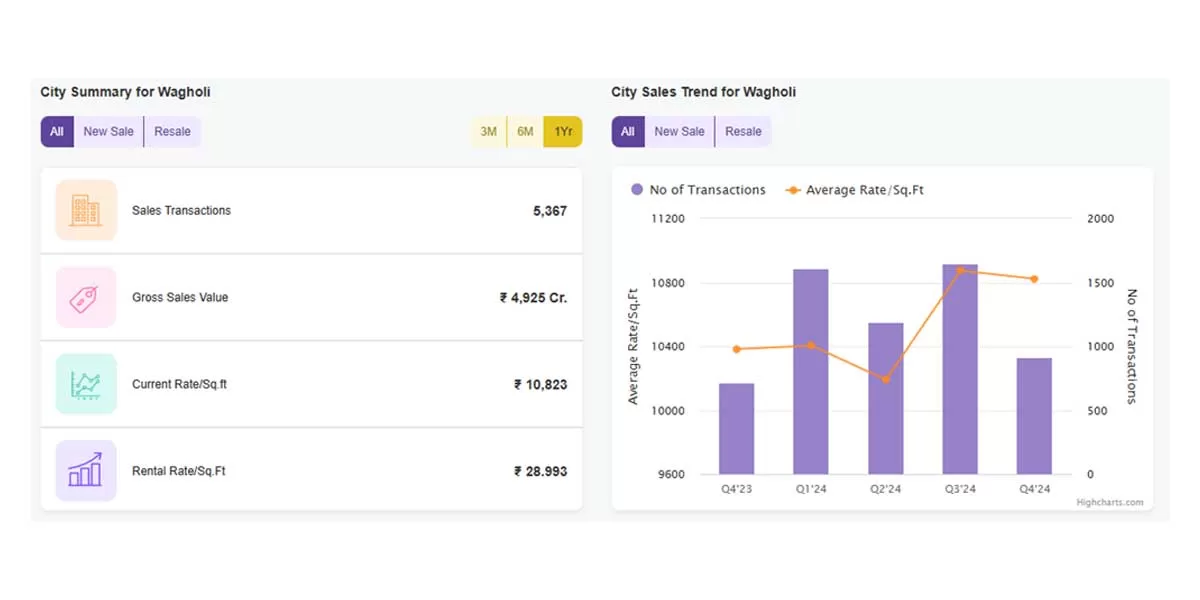Located at the intersection of Asia, Africa and Europe, the Middle East has long been known as the central hub for trade, cultural exchange and geopolitics. The region that once served as the bridge between the eastern and western world has now evolved into an epicenter of global workforce, even for blue-collar talent. Reportedly, there was a 50% surge in blue-collar migration from India to the Gulf Cooperation Council (GCC) countries. UAE, Saudi Arabia, Kuwait, Qatar, and Oman are the top destinations for these workers.
The leading industry that is expected to have major uptick in blue collar jobs is manufacturing. Overall, the Gulf region is undergoing a fundamental transformation as nations move beyond their traditional reliance on oil revenues. Strategic initiatives like Qatar National Vision, Saudi Vision 2030, and 'We the UAE 2031' are driving robust economic diversification. These ambitious national programs are spurring construction activity while emphasizing sustainability and technological advancement, positioning the region for long-term growth. Qatar's momentum has slowed post-World Cup. Construction activity has moderated, now focusing mainly on gas expansion, industrial free zones and transport infrastructure. The UAE maintains its strong position, attracting foreign investment particularly in real estate. Their proven business environment gives them a clear advantage during regional uncertainties. Saudi Arabia is the standout performer. RICS Global Construction Monitor ranks them highest worldwide with a +61 construction activity index. Their Vision 2030 megaprojects, especially Neom, are driving unprecedented market growth. This is creating intense demand for both labor and materials.
The evolving nature of blue-collar work
While construction remains at the forefront, blue-collar jobs in the Middle East are undergoing a significant transformation. Traditional roles in bricklaying, plumbing, and carpentry are evolving as technology and automation become more integrated into the sector. Workers are increasingly required to adapt to new tools and techniques such as Building Information Modeling (BIM), 3D printing, and modular construction methods. This shift calls for a workforce that is not only physically capable but also technologically savvy. As a result, vocational training and upskilling have become vital, with many companies offering on-the-job training programs to equip workers with these new-age skills.
The focus on sustainability has also changed the type of skills in demand. With green building practices gaining traction, workers need to be well-versed in energy-efficient construction methods, eco-friendly materials, and waste reduction strategies. These trends are fostering a new generation of blue-collar workers who are part tradesmen, part tech specialists, and part environmental stewards.
Work conditions and welfare
Another notable shift in the region’s construction boom is the emphasis on improving labor conditions and welfare. Historically, blue-collar workers in the Gulf region faced challenges related to wage disputes, substandard living conditions, and long working hours. However, increasing international scrutiny and labor reforms have led to significant changes. Countries like the UAE and Saudi Arabia have introduced various initiatives to protect workers' rights, including better wage protection systems, improved housing facilities, and legal frameworks ensuring fair treatment. For instance, Saudi Arabia’s labor reforms under the Vision 2030 program aim to enhance worker mobility and reduce the dependency on the traditional kafala (sponsorship) system. The UAE’s Wage Protection System (WPS) ensures that workers receive their salaries on time, promoting financial security. These measures are crucial in attracting and retaining talent in the region’s increasingly competitive blue-collar job market.
What lies ahead?
Despite the positive trends, several challenges remain. The demand for blue-collar workers often outpaces the supply, leading to labor shortages and increased competition among employers. Additionally, the need for continuous upskilling and training can be daunting, especially for migrant workers who may have limited access to educational resources. Ensuring fair wages and worker protection remains an ongoing effort, requiring collaboration between governments, employers, and international organizations. Looking ahead, the future of blue-collar work in the Middle East is definately promising. As the region continues to build its future, it is also redefining what it means to be a blue-collar worker, one that blends traditional skills with modern technology, sustainability, and resilience not just some manual labor.
The article is authored by Samuel Joy, Founder and CEO of Huntr


















